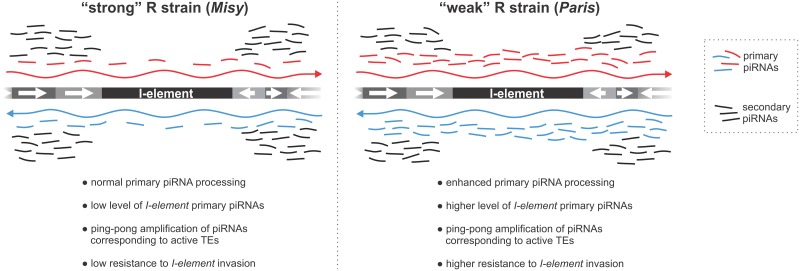Fig 7. A model explaining the mechanism of higher resistance against the I-element in the R strain Paris compared to another R strain, Misy, in dysgenic crosses.
In Paris, stronger primary processing of piRNA cluster transcripts in ovarian somatic cells and in female germline generates a bigger pool of primary piRNAs, including I-element specific piRNAs, compared to Misy. For most active TEs this difference is masked by abundant secondary piRNAs, which arise as a result of the ping-pong amplification loop. For the I-element, however, additional primary piRNAs in Paris are capable of inducing more efficient suppression of I-element in dysgenic crosses. The occurrence of ping-pong between piRNA cluster transcripts and the existence of secondary piRNAs, specific to non-active transposons including the I-element [16], is omitted from the scheme for the sake of simplicity.

